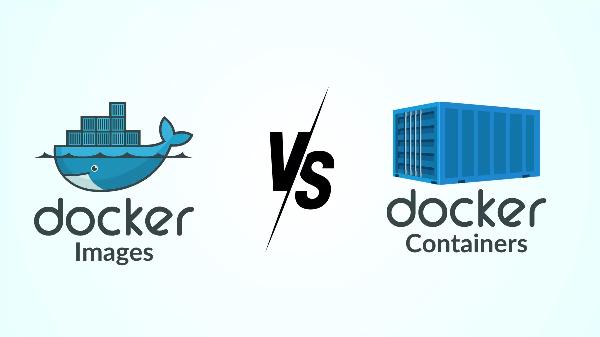A Comprehensive Guide to Docker Images vs Containers

Strong 8k brings an ultra-HD IPTV experience to your living room and your pocket.
Introduction :
In the ever-evolving landscape of software development and deployment, Docker has emerged as a revolutionary tool, making containerization a cornerstone of modern applications. However, many developers and IT professionals often grapple with the concepts of Docker Images vs Containers. Understanding the difference between Docker Images vs Containers is crucial for leveraging Docker effectively and optimizing your development and deployment workflows. This article provides a comprehensive exploration of these fundamental concepts to help you grasp their distinct roles and functionalities.
Docker Images vs Containers: What’s the Difference?
At its core, Docker simplifies the process of creating, deploying, and running applications by using containers. But before diving into the technical aspects, it’s essential to understand what Docker Images and Containers are and how they interact.
Docker Images are the blueprints or templates from which Docker Containers are created. Think of a Docker Image as a static snapshot of your application’s environment. It includes everything needed to run your application: the application code, runtime environment, libraries, dependencies, and configuration files. Docker Images are immutable, meaning once they are created, they do not change. They serve as the building blocks for creating containers and ensure consistency across different environments, from development to production.
On the other hand, Docker Containers are the live, running instances created from Docker Images. When you launch a Docker Container, it takes the Docker Image and creates a separate, isolated environment where the application runs. Containers are dynamic and can be started, stopped, moved, or deleted with ease. Unlike Docker Images, Containers are mutable, allowing them to be modified while running, although changes are often temporary unless explicitly committed to a new image.
Why the Difference Matters
Understanding the difference between Docker Images vs Containers is critical for several reasons:
Consistency and Portability: Docker Images provide a consistent environment across various stages of the development lifecycle. Since Docker Images encapsulate all the necessary components for an application, you can be confident that the application will behave the same way on any system running Docker, whether it's on a developer's local machine, a staging environment, or a production server.
Isolation and Efficiency:
Docker Containers allow you to run multiple applications on the same host without conflicts, thanks to their isolated environments. Each container operates independently, using its own resources, which optimizes system efficiency and ensures that applications do not interfere with each other.
Version Control and Rollbacks: Docker Images facilitate version control and rollbacks. You can create and manage different versions of Docker Images to reflect changes in your application over time. If a new version of an application introduces issues, you can quickly revert to a previous Docker Image version to restore functionality.
Scalability and Deployment:
Containers are designed to be ephemeral and scalable. You can quickly spin up or shut down multiple instances of a Docker Container based on your application's demand. This elasticity is ideal for scaling applications and managing resources efficiently in cloud environments.
Best Practices for Using Docker Images and Containers
To maximize the benefits of Docker, it’s important to follow best practices when working with Docker Images and Containers:
Optimize Docker Images: Keep Docker Images as lean as possible by minimizing the number of layers and removing unnecessary files. This reduces the image size and speeds up the build and deployment processes.
Use Version Tags: Tag Docker Images with version numbers to keep track of different releases and facilitate easier rollbacks if needed.
Leverage Container Orchestration: Utilize container orchestration tools like Kubernetes or Docker Swarm to manage and scale your containers effectively.
Monitor and Manage Containers: Implement monitoring and logging solutions to track the performance and health of your Docker Containers.
Conclusion
In summary, grasping the difference between Docker Images vs Containers is essential for effectively utilizing Docker in your development and deployment workflows. Docker Images act as the static templates, while Docker Containers are the active instances derived from these images.
Note: IndiBlogHub features both user-submitted and editorial content. We do not verify third-party contributions. Read our Disclaimer and Privacy Policyfor details.


